全站搜索
Search the entire website
Search the entire website
Wet Pan Mill is now the best and most economical replacement for small or medium-scale milling machines, such as ball mills. It is widely used in small and medium mineral processing plants in African countries like Sudan.
【Capacity】0.5-3 TPH
【Feeding Size】 <30mm
【Discharge Size】 0.074-0.6mm
【Procesible Material】 Gold, iron, molybdenum, lead, zinc, antimony, etc.
Wet pan mill, also known as wet mill, is a kind of grinding equipment developed on the basis of traditional stone mill. It is mainly used for grinding various metal minerals (such as gold, silver, lead, zinc, molybdenum, iron, copper, etc.) and non-metallic minerals, further grinding the crushed materials, so that the useful minerals and chalcopyrite minerals are dissociated, and conditions are created for the subsequent sorting operations (such as flotation, re-election, magnetic separation, etc.). Wet mill is especially suitable for small and medium-sized mineral processing plant.
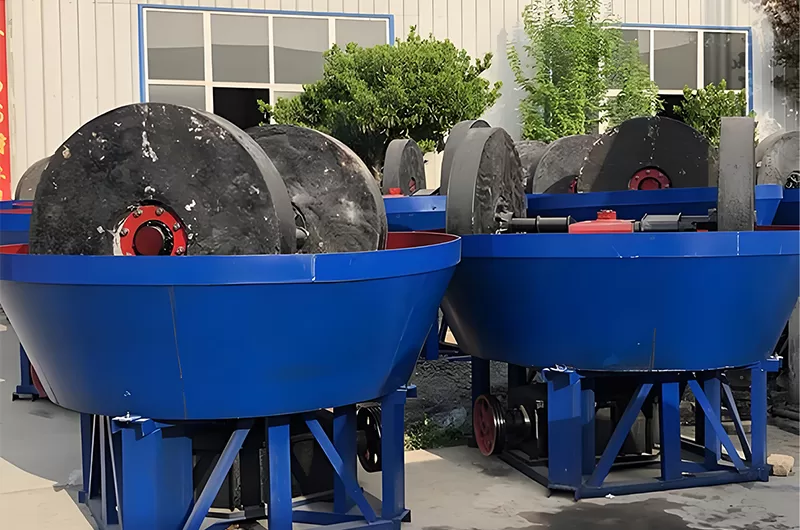
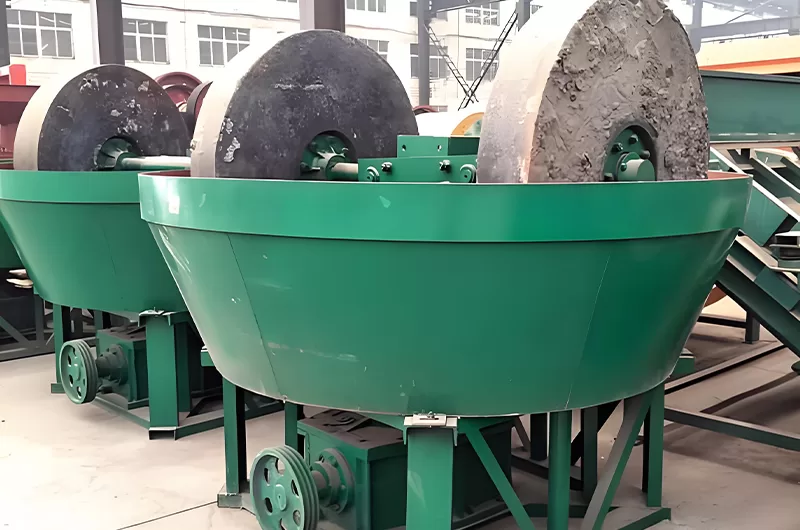
The wet pan mill mainly consists of a power unit (motor, reducer), frame, water basin, grinding wheel, and grinding pan, adopting wheel-driven grinding.
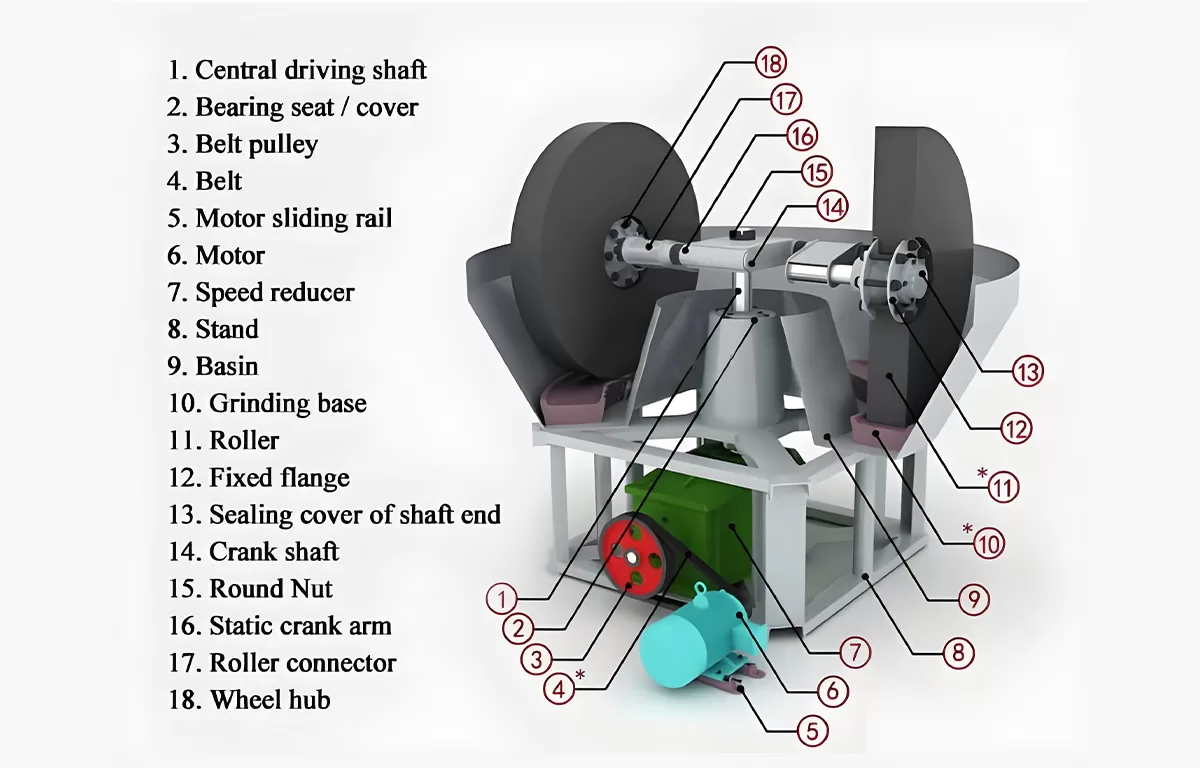
The motor drives the vertical main shaft through a reducer.
The vertical main shaft transmits torque to the horizontal shaft above.
Pull rods at both ends of the horizontal shaft drive the grinding wheels.
The grinding wheels both revolve around the vertical main shaft (revolution) and rotate around their own axes (rotation). This dual motion creates crushing and kneading effects on materials.
The grinding pan is fixed to the frame and remains stationary.
How are minerals crushed and ground?
In summary, the wet pan mill combines the grinding wheels’ dual motion with a fixed pan to pulverize minerals through pressure and friction, offering simple structure, easy operation, and low investment costs.
Minerals and water are fed into the water basin.
The grinding wheels apply pressure through their weight during revolution and rotation.
Intense friction between grinding wheels and pan subjects minerals to repeated compression, kneading, and grinding.
Scrapers on the grinding pan continuously push materials under the wheels for uniform processing.
Properly ground minerals discharge with water flow, completing the grinding process.
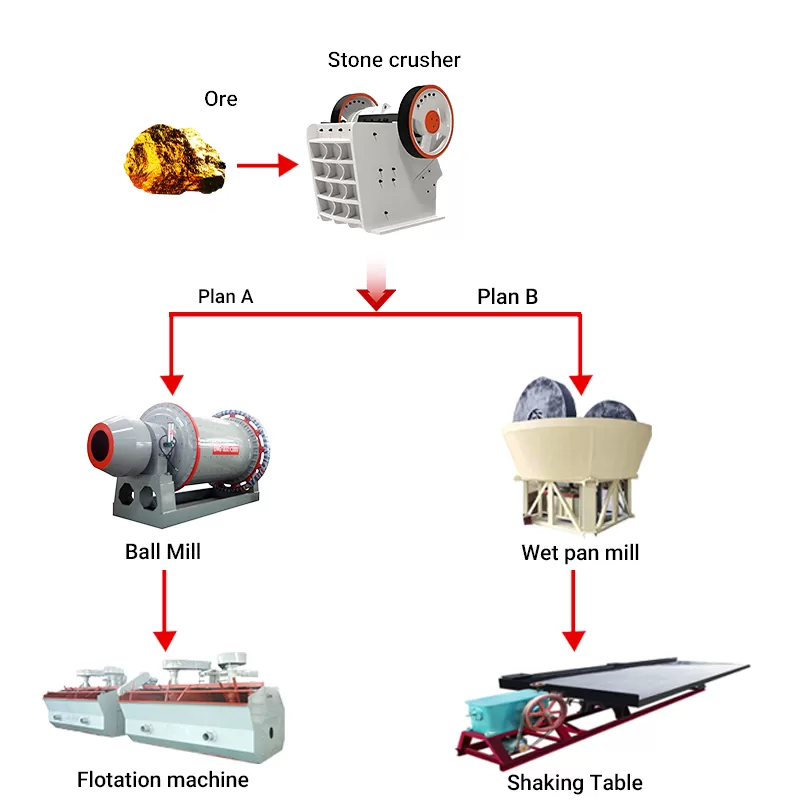
| Model | 1600 | 1400 | 1300 | 1200 | 1100 | 1000 | 900 |
| Dia.of grinding wheel (mm) | 1600(+-)10 | 1400(+-)10 | 1300(+-)10 | 1200(+-)10 | 1100(+-)10 | 1000(+-)10 | 900(+-)10 |
| Thickness of grinding wheel(mm) | 400(+-)20 | 250(+-)20 | 250(+-)20 | 200(+-)20 | 200(+-)20 | 200(+-)20 | 160(+-)20 |
| Dia.of grinding pan (mm) | 2100(+-)30 | 2000(+-)30 | 2000(+-)30 | 1800(+-)20 | 1800(+-)20 | 1800(+-)20 | 1700(+-)20 |
| Thickness of grinding pan (mm) | 200(+-)10 | 170(+-)10 | 150(+-)10 | 90(+-)10 | 90(+-)10 | 90(+-)10 | 80(+-)10 |
| Width of grinding pan (mm) | 360 | 360 | 360 | 230-250 | 230-250 | 230-250 | 170-220 |
| Power (kw) | 25 | 18.5 | 15 | 7.5 | 5.5 | 5.5 | 3 |
| Rotary speed (r/min) | For extract gold: 10-13 other: 18-22 | ||||||
| Input size (mm) | < 25 | ||||||
| Capacity (t/day) | Gold 20 | Gold 20 | Gold 15 | Gold 10 | Gold 8 | Gold 5 | Gold 3 |
| Weight(t) | 14.5 | 8.5 | 7.5 | 5.5 | 5 | 4.5 | 3 |
Mineral properties:
Production scale:
Economic factors:
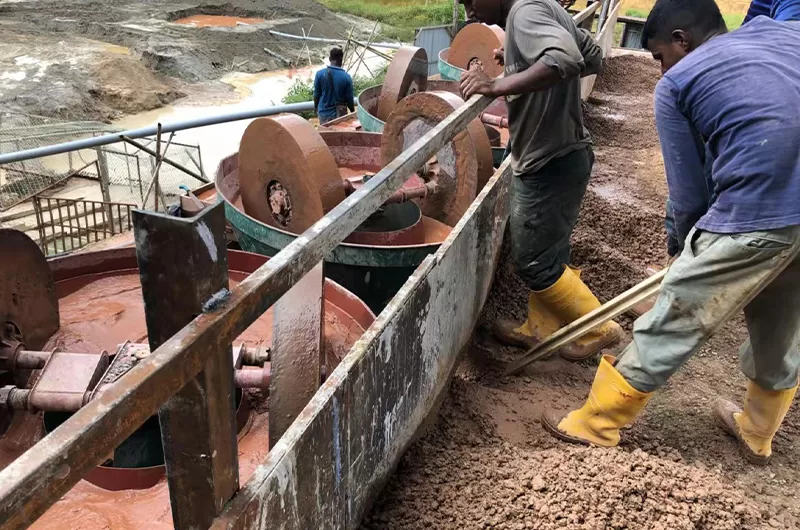
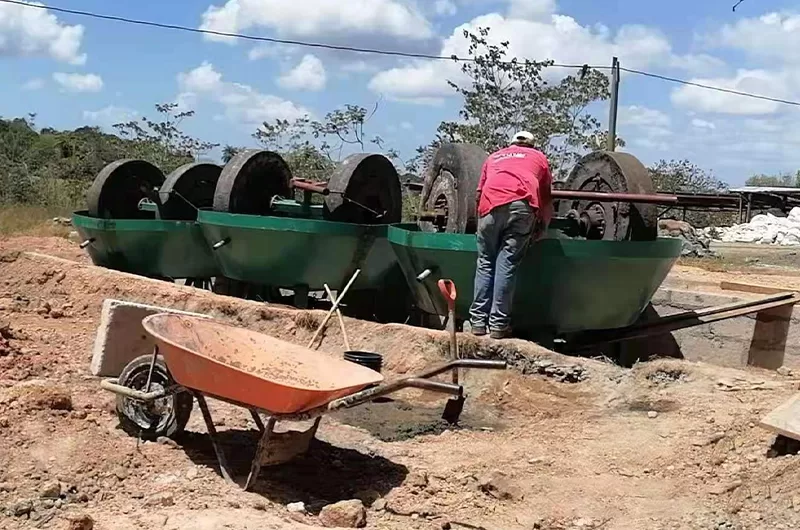
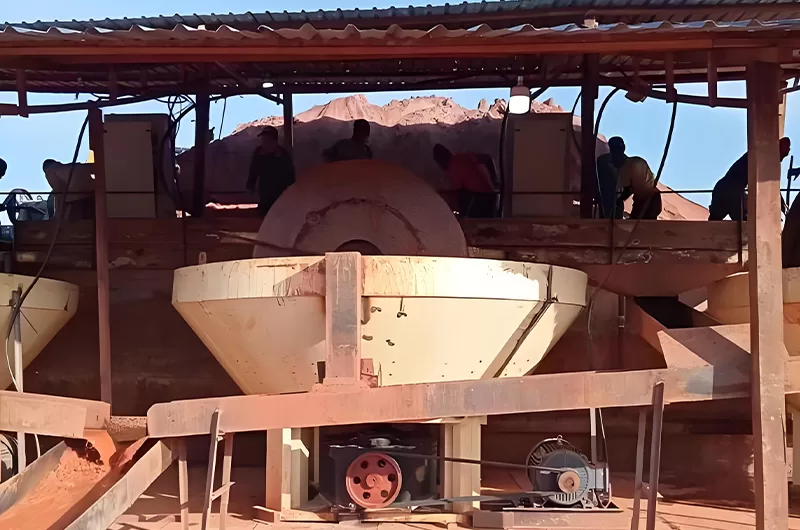
A Wet Pan Mill is a grinding machine traditionally used to pulverize materials in a wet environment using heavy rollers that crush and grind.
A Wet Pan Mill consists of heavy rollers circulating in a circular pan, crushing and grinding material mixed with water into a slurry.
Wet Pan Mills effectively liberate valuable minerals, reduce dust generation, and achieve high recovery rates, especially for gold processing.
Wet Pan Mills are primarily used for gold ore processing, as well as for grinding various minerals and raw materials into a slurry.
Consider capacity requirements, material hardness, desired particle size, power consumption, and the mill’s construction quality when selecting a Wet Pan Mill.
